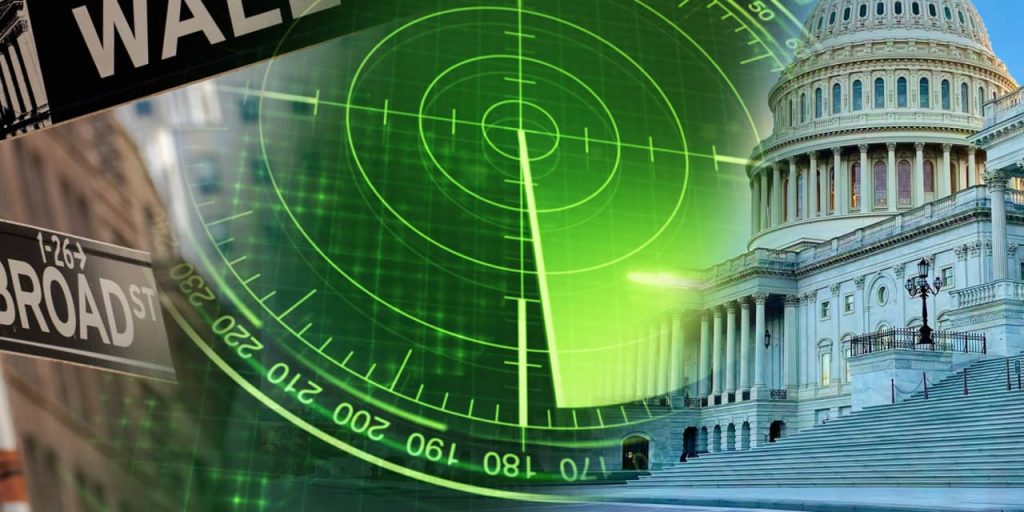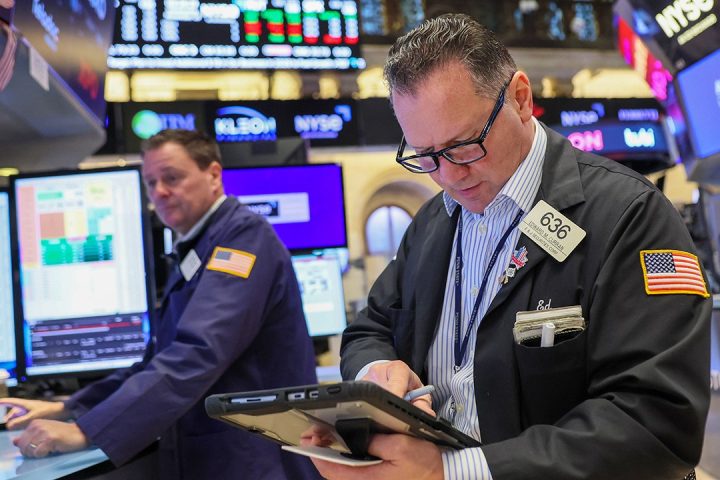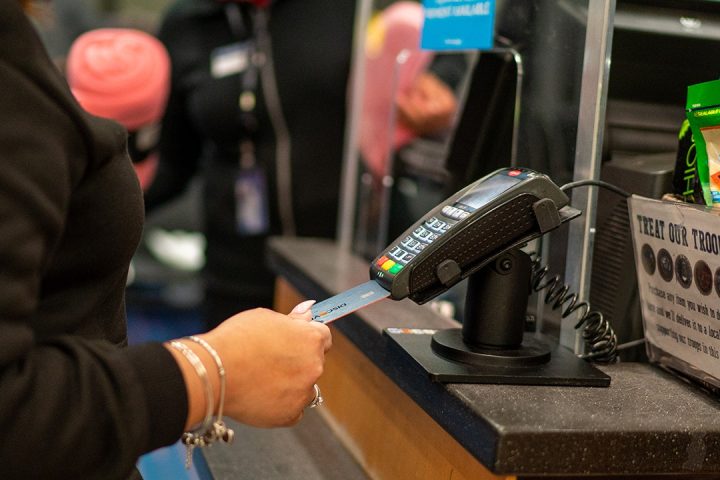As mortgage rates have risen over the course of this year, home buyers have ramped up the amount of money they put down when they buy a home, according to a new report.
The share of a home’s asking price that buyers put down as a down payment has grown to its highest level since 1997, according to a report released by the National Association of Realtors on Monday.
In its annual Profile of Home Buyers and Sellers, the real-estate industry group found that the typical down payment for first-time buyers rose to 8% in 2023, up from 6% last year.
That’s lower than what most people assume they need to put down. Most housing affordability calculators assume a down payment of around 10% to 20%, and 35% of people believe they need to put 16% to 20% down to buy a house, a 2022 NAR survey found.
Down payments can be as low as 1%
But it’s possible to put down much less. Some lenders, such as Zillow
ZG,
and Rocket Mortgage, are offering 1% down payments to make home-buying more affordable in this market. And first-time home buyers with an Federal Housing Administration loan can put down as little as 3.5%, for example. The only catch is buyers would need to pay mortgage insurance that would protect the lender in case they’re unable to pay.
The typical down payment for repeat buyers was 19% in 2023, the NAR noted, which is the highest share since 2005. The typical down payment for repeat buyers is up from 17% last year.
With home prices continuing to rise, and mortgage rates hovering around 7.5% — a 23-year high — the housing market is becoming increasingly unaffordable for many home buyers. A low number of homes for sale is pushing prices up as buyers compete on a small number of listings.
‘More skin in the game’
That’s part of the reason why down payments have increased, the NAR noted. Buyers may be offering more cash up front to present competitive bids.
“The down payment has either decreased or held steady since 2005, but the past two years have seen an increasing trend towards higher down payments with a more competitive market, and more equity earned from the past sale of a home,” the NAR report stated.
“If you’re in a multiple offer situation, you have to make your offer look as good as possible,” Jessica Lautz, deputy chief economist and vice president of research at the NAR, told MarketWatch. “So perhaps that means more skin in the game and a higher down payment.”
Due to the rising cost of homeownership, the typical home buyer today needs to earn $107,000, up from $88,000 last year, to afford the monthly payments on a median-priced home, the NAR said. Experts generally consider a home affordable if the buyer spends no more than 30% of their income on monthly payments.
Repeat buyers, on the other hand, “have the benefit of tapping on a tremendous amount of housing equity from their last home,” Lautz said. Some have enough equity to skip taking on a mortgage, she noted, with 20% of home buyers overall paying all cash, she added.
But saving money for the down payment is considered to be the hardest step for 38% of first-time home buyers, the NAR found in its survey. Would-be first-time buyers said the biggest obstacles to saving for a house include a current rent payment that’s too high, student-loan debt, and auto-loan debt.
More than half of buyers, 54%, tap on their savings to fund the down payment.
First-time buyers also increased their reliance on financial assets this year, the NAR said, with 11% selling stocks or bonds to raise funds for the down payment, 9% tapping on their 401(k) or pension, 2% using their IRA, and 2% selling cryptocurrency.
Not having a big enough down payment can also affect whether a prospective buyer qualifies for a mortgage, according to the NAR, which also looked at the most common reasons mortgage applications are denied.
Read the full article here






